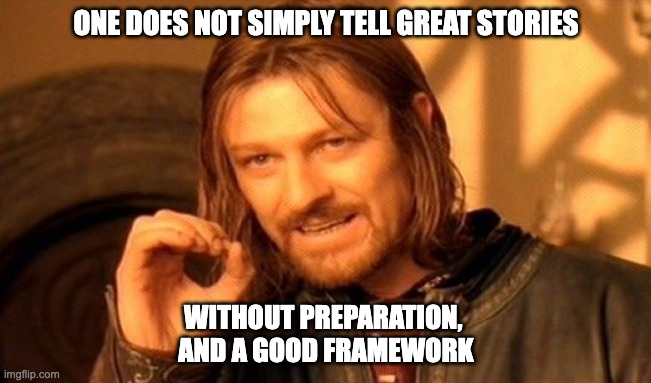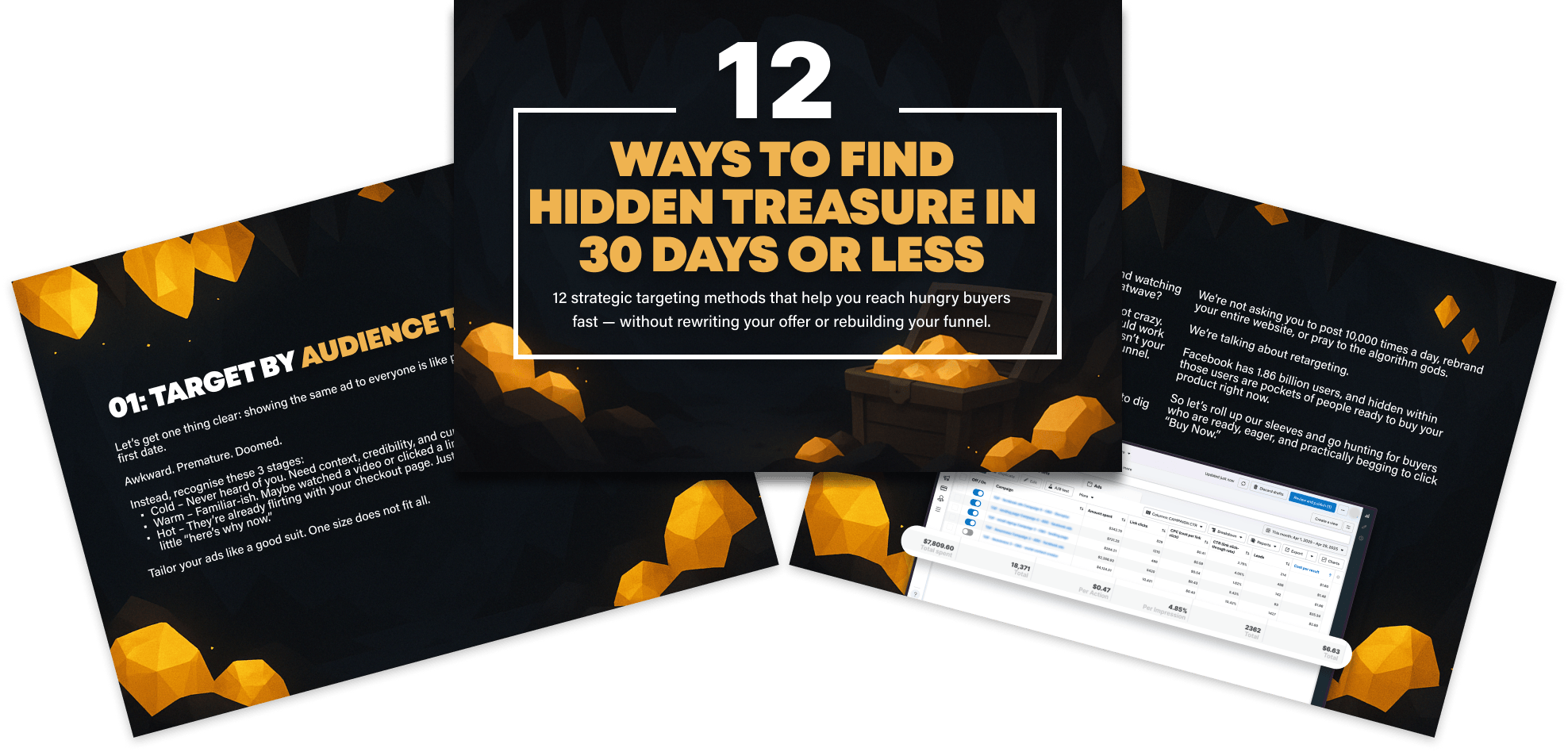The key to effective storytelling
Jayframe Media | Content MarketingThese three steps will be the backbone of crafting narratives that not only capture attention but also resonate with your audience.
story gathering, story shaping, and storytelling.

You might be wondering, why focus on these processes?
Well, think about your favourite movies, books, or even advertisements. What makes them memorable? It’s not just the information they provide but how they make you feel and the journey they take you on. This is the power of a well-told story. And in the world of marketing, it’s an invaluable tool for connecting with your audience on a deeper level. In the following article, I want to break down each step in detail, providing you with practical tips and techniques to gather raw stories, shape them into engaging narratives, and share them effectively. Whether you’re a business owner, social media manager, or someone building a personal brand, mastering these steps will transform the way you communicate and connect with your audience. Let’s dig in!

Story Gathering
First things first, let’s talk about story gathering. What exactly is it? Story gathering is the process of collecting raw material from which your stories will be crafted. Think of it as mining for gold – you’re on the lookout for those nuggets of experience, emotion, and insight that can be shaped into compelling narratives.
Methods and Sources for Gathering Stories
There are several effective ways to gather stories:
- Interviews with Employees and Customers: Conducting interviews is a fantastic way to get firsthand accounts of experiences, challenges, and triumphs. This can provide a rich source of authentic and relatable content. For example, the Harvard Business Review highlights the value of employee and customer interviews in capturing genuine stories that reflect the brand’s mission and values .
- Surveys and Feedback Forms: These tools help collect stories from a broader audience. By asking open-ended questions, you can uncover unique perspectives and insights that might not surface in direct interviews. According to a study by SurveyMonkey, surveys are an effective way to gather qualitative data that can be shaped into narratives.
- Social Media Listening: Monitoring social media platforms can reveal what people are saying about your brand in real time. This can provide a wealth of stories and insights directly from your audience. Sprout Social notes that social media listening is crucial for understanding audience sentiment and discovering user-generated content.
- Internal Reports and Case Studies: Delving into your company’s internal reports and case studies can uncover interesting projects and successful outcomes that may not be widely known. These documents often contain detailed examples of problem-solving and innovation that can be turned into compelling stories.
Tips for Effective Story Gathering
To make the most out of your story-gathering efforts, here are some practical tips:
- Be Curious: Approach story gathering with an inquisitive mindset. Ask open-ended questions that encourage detailed responses. For instance, instead of asking “Did you like the product?” ask “Can you describe a time when the product made a significant difference in your work?”
- Listen Actively: Pay close attention, not just to the words, but also to the emotions and nuances in the responses. Active listening helps you pick up on subtle details that can add depth to your stories. The American Management Association emphasizes the importance of active listening in gathering useful information.
- Record Everything: Whether through detailed notes or audio recordings, be sure to capture all the details during interviews and discussions. This ensures you don’t miss any crucial information and allows you to review and analyze the content thoroughly later.

Story Shaping
Alright, you’ve got your stories in hand—now what? It’s time to dive into story shaping, where you turn those raw, intriguing anecdotes into polished, engaging narratives. Think of it like this: you’re a sculptor, and those stories are your clay. Let’s chat about how you can shape them into masterpieces.
Techniques for moulding raw stories
Shaping a story isn’t just about throwing a bunch of facts together. It’s about crafting something that sticks. Here are some techniques to help:
-
Identify the Core Message: What’s the main takeaway? What do you want your audience to remember? This is your story’s heartbeat. For instance, the Content Marketing Institute suggests nailing down a core message to keep things on track and impactful.
-
Create a Clear Structure: Every good story needs a beginning, middle, and end. Start by setting the scene and introducing the characters (beginning), then build up the conflict or challenge (middle), and finally, resolve it in a satisfying conclusion (end). This classic structure keeps your audience hooked from start to finish. Need more details? Check out the Content Marketing Institute’s guide on storytelling structures.
-
Highlight Emotional Beats: Focus on those moments that tug at the heartstrings—triumphs, surprises, frustrations, joys. Emotional beats make your story memorable. Hitting those emotional notes is a surefire way to make your story stick.
Why Focus on Emotional and Relatable Aspects?
Stories that connect emotionally aren’t just remembered—they’re felt. Here’s why that matters:
-
Personal Connection: When your audience sees themselves in your story, they’re more likely to engage. It’s like you’re speaking directly to them.
-
Enhanced Recall: Emotional stories are easier to remember. Research from the Harvard Business Review shows that people are more likely to remember stories that stir their emotions than plain facts.
-
Drives Action: When people feel something, they’re more likely to do something. Whether it’s buying a product, supporting a cause, or sharing your story, emotional resonance drives action.
Examples of Effective Story Shaping
Let’s look at a couple of examples:
-
Customer Success Story: Say you have a customer who overcame a big challenge with your product. The raw story includes the struggle, discovery, and victory. In shaping this, you’d highlight the emotional journey—describe the initial frustration, the turning point with your product, and the eventual triumph. Focus on those moments of relief and joy.
-
Employee Experience Story: Imagine an employee who went above and beyond to help a customer. The raw details are there, but in shaping it, you emphasize the employee’s motivation, the hurdles they faced, and the customer’s reaction. Bring out the emotional impact with quotes and vivid descriptions.
Storytelling
Alright, you’ve gathered your stories and shaped them into something compelling. Now, it’s time for the final step: storytelling. This is where you share those stories with the world, making sure they capture and hold your audience’s attention. Think of it like performing on stage—you want to engage, entertain, and leave a lasting impression.
The Art of Storytelling
Storytelling isn’t just about telling a story—it’s about how you tell it. Here are some key points to consider:
-
Know Your Audience: Tailor your story to the interests and preferences of your audience. Whether you’re talking to business owners, social media managers, or personal brand builders, make sure your story speaks to them directly.
-
Be Authentic: Authenticity resonates. Share genuine stories that reflect your brand’s true values and mission. Audiences can spot a fake a mile away, so keep it real.
-
Use Visuals: Enhance your storytelling with images, videos, and infographics. Visuals can make your story more engaging and easier to understand. According to HubSpot, visual content is a powerful tool in storytelling, helping to illustrate and reinforce your message.
-
Practice Makes Perfect: Just like any other skill, storytelling gets better with practice. Try telling your story in different ways, tweak your approach based on feedback, and keep refining until you hit the sweet spot. Practicing your script, as highlighted by Content Marketing Institute, ensures your delivery is natural and engaging.
Various Channels and Formats for Sharing Stories
There are numerous ways to share your stories, and each format offers unique advantages:
-
Blog Posts and Articles: Perfect for detailed stories with rich context. This format allows you to dive deep and provide a comprehensive narrative.
-
Podcasts and Videos: Ideal for dynamic storytelling with a personal touch. Hearing your voice or seeing your face can create a stronger connection with your audience. Podcasts are becoming increasingly popular for their ability to convey authenticity and build trust. Just because you have a podcast though, doesn’t mean you’re automatically going to hit the big times. Just a side note.
-
Social Media Posts: Great for bite-sized stories that reach a broad audience. Platforms like Instagram, Twitter, and Facebook allow you to share snippets that can quickly capture attention. Engaging stories on social media can significantly boost your brand’s visibility and engagement as the platforms distribute the content to a wider audience. Engagement = Growth.
-
Email Newsletters: Effective for building a narrative over time with your subscribers. Regular updates keep your audience informed and engaged, fostering a sense of community.
Best Practices for Effective Storytelling
Here are some best practices to ensure your storytelling hits the mark:
-
Engage from the Start: Grab your audience’s attention right away with a compelling hook. Whether it’s a surprising fact, a provocative question, or an intriguing teaser, make sure they want to keep reading, listening, or watching.
-
Keep It Simple: Don’t overcomplicate your story. Stick to clear, concise language, and avoid jargon. Simplicity helps ensure your message is easily understood and remembered.
-
Include a Call to Action: Encourage your audience to engage further—whether it’s visiting your website, subscribing to your newsletter, or sharing your story. A clear call to action helps guide them on what to do next.
-
Practice and Iterate: Don’t be afraid to try different approaches and refine your storytelling based on feedback. Practice makes perfect, and the more you tell your stories, the better you’ll get at it. Content Marketing Institute emphasises that practicing your script ensures a natural and engaging delivery.
If you can nail, story gathering, story shaping, and storytelling – you’ll begin to see crazy success on social.
Storytelling is an art that improves with practice. Keep gathering those unique stories, shape them with care, and share them far and wide. Whether you’re crafting blog posts, podcasts, or social media snippets, your stories can make a lasting impact.
Got questions or want to chat more about storytelling? Feel free to connect—I’d love to hear how you’re using these techniques in your marketing campaigns!

